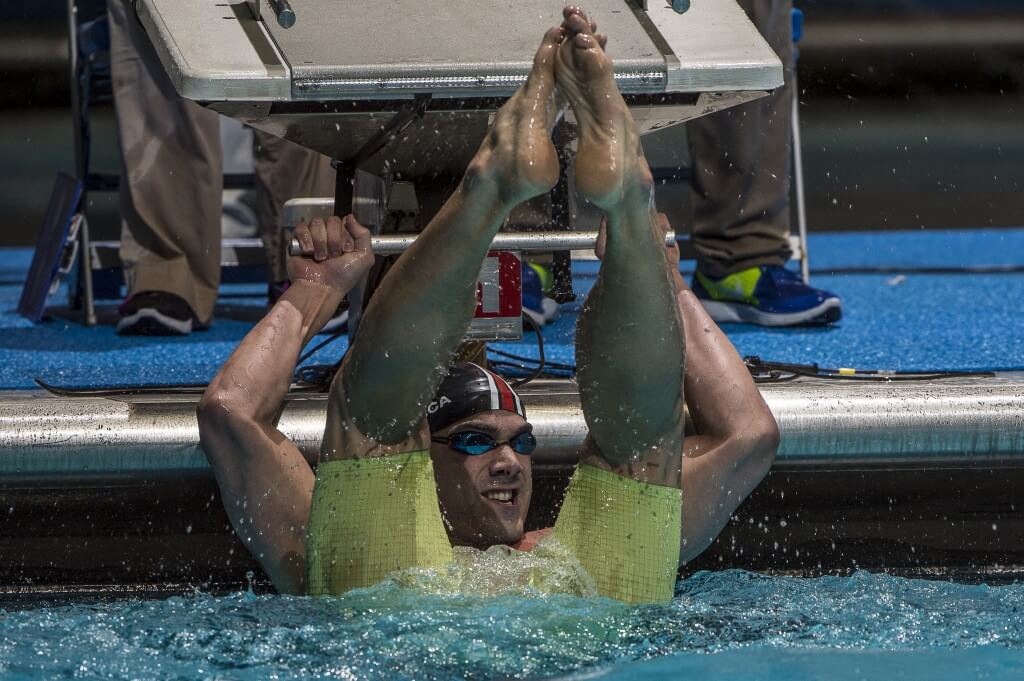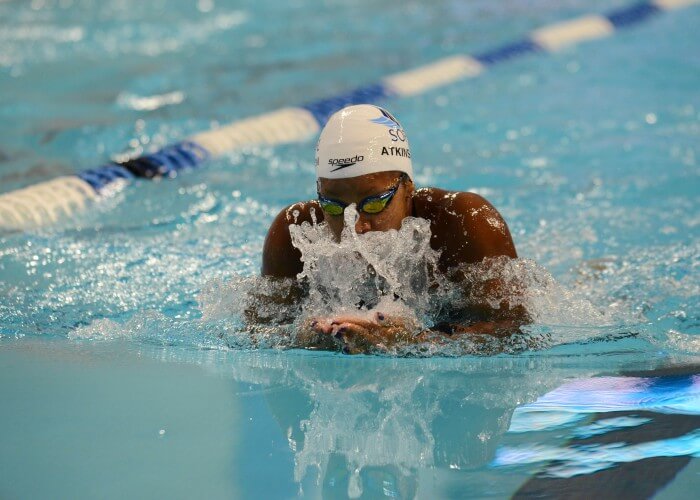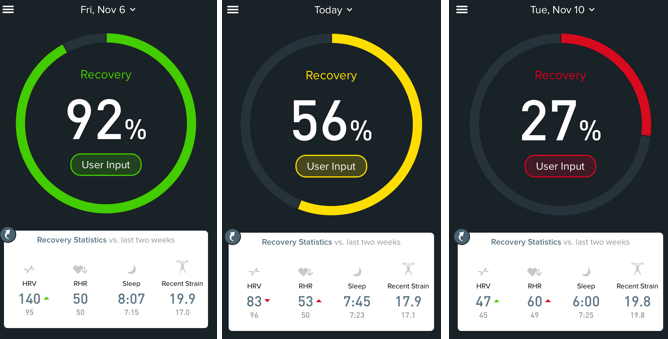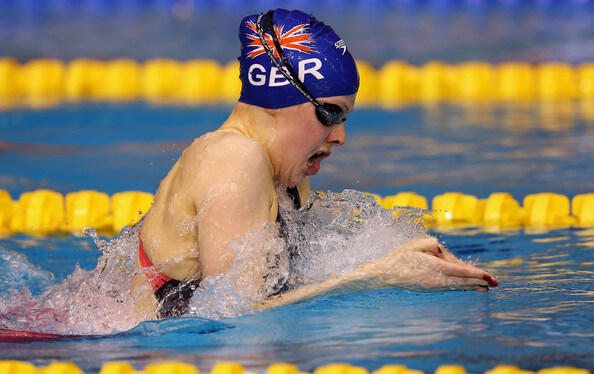4 Methods to Help Nail Your Taper

By Seren Jones, Swimming World College Intern
Taper is undoubtedly the most wonderful time of the year for swimmers. After months of high volume, high intensity and even higher heart rates, the calm before the storm of the championship meet greets us with extreme generosity and significantly less physical pain. With the shorter sessions come the easier sets, with the longer intervals and, of course, the happier swimmers.
However, contrary to popular belief, this is not entirely true (excluding the happier swimmers part); there is more to taper than just cutting the yardage. Far more.
Too often swimmers wonder why they aren’t swimming less during taper time. Why they’re still doing challenging sets, or why their heart rates are above 140 beats per minute. Swimmers often confuse taper with doing nothing, when the reality is, there is a still a lot to do.
Taper exceeds far beyond what we do in the water. There are several aspects within the sport of swimming that when converged, contribute toward the taper process. Once we understand and execute these methods, we will have a more successful taper, which should lead to an even more successful meet.
1. Stroke and Technique

Photo Courtesy: Brendan Maloney-USA TODAY Sports
Taper is the time of fine-tuning. This is a critical time to polish up on our stroke and to continue correcting our bad habits. Technically speaking, every lap is vital when it comes to taper. Rather than turning our bodies on to auto-pilot, our minds should be thinking about perfecting every stroke we take – and with a sport as technical as swimming, there is always something to work on. Bodyline, hand positioning, hand entry, catch, pull through, recovery, what type of kick to use, the size of its amplitude, what type of water to produce, downward and upward kick, tight streamlines, solid push offs and fast flip turns. The list is endless.
Why not start thinking about how we can transition our drills into our strokes when we swim at race pace or when we sprint? Think outside of the box. Think like a perfectionist.
2. Recovery

Photo Courtesy: Delaney Lanker
Recovery is a component that is just as important as the actual exercise. Recovery plays a key role during taper time, because without recovery, we can’t perform. So getting the necessary hours of sleep and rest is extremely significant. Fail to do so, and the lack of recovery can be detrimental toward both taper and performance.
Recovery goes beyond the eight hours of recommended sleep a night, it encompasses physical rehabilitation and injury prevention as well as dietary and nutritional choices. Recovery includes stretching, foam rolling, ice baths, heat packs, and deep tissue massages. It’s a combination of the above that helps the body prepare for the weeks of taper and racing to come. Sleep alone is not enough.
3. Nutrition

Photo Courtesy: Ken Hawkins
As previously mentioned, nutrition plays a vital role in the recovery process. What you consume will have tremendous effects on how you feel during taper and during the meet. Stay away from saturated fats and food that is highly concentrated in sugar. This will only spike your energy level for a short period of time before it crashes to a new low.
Before you eat, consider whether the food on your plate will provide you with slow-releasing energy that will benefit you in the pool the next day. Steer toward the carbs, the protein, and the healthier fats, but beware not to over-indulge in one food group far more than another. Remember, you are what you eat. Eat well. Feel good. Swim fast.
4. Effort and Intensity

Photo Courtesy: British Swimming
Despite being in taper, it is still required that we invest a significant amount of effort into the sets provided for us. I know this may seem confusing to most of us – because we associate taper with little or no effort at all – but these sets were made specifically for this time of the year. If a workout includes the words fast, pace, or sprint, that’s exactly what we should do – without question. Fail to do so, and we will inevitably lose the feeling of swimming fast, and what good is that going to do before the championship meet?
Although it’s mentally reassuring to feel good during taper, it’s completely normal to feel bad, or heavy, or sluggish in the water too. In fact, feeling slow the day before the meet doesn’t mean you’re going to have a bad meet. But questioning and doubting the fact that we’re meant to maintain our speed during this critical time will not help prepare a positive mindset for the upcoming weekend. And entering one of your biggest meets of the year with a negative mentality won’t lead you to any successful swims.
So trust the taper, believe in the system, and have faith in your coaches. Because chances are, they know what they’re doing and they want you to swim fast, too!




Kaelyn Carter
Where can i find that recovery app?
Brighton Smith
Brittany Archer
Tom Healy
Egor Karpalev wow ?